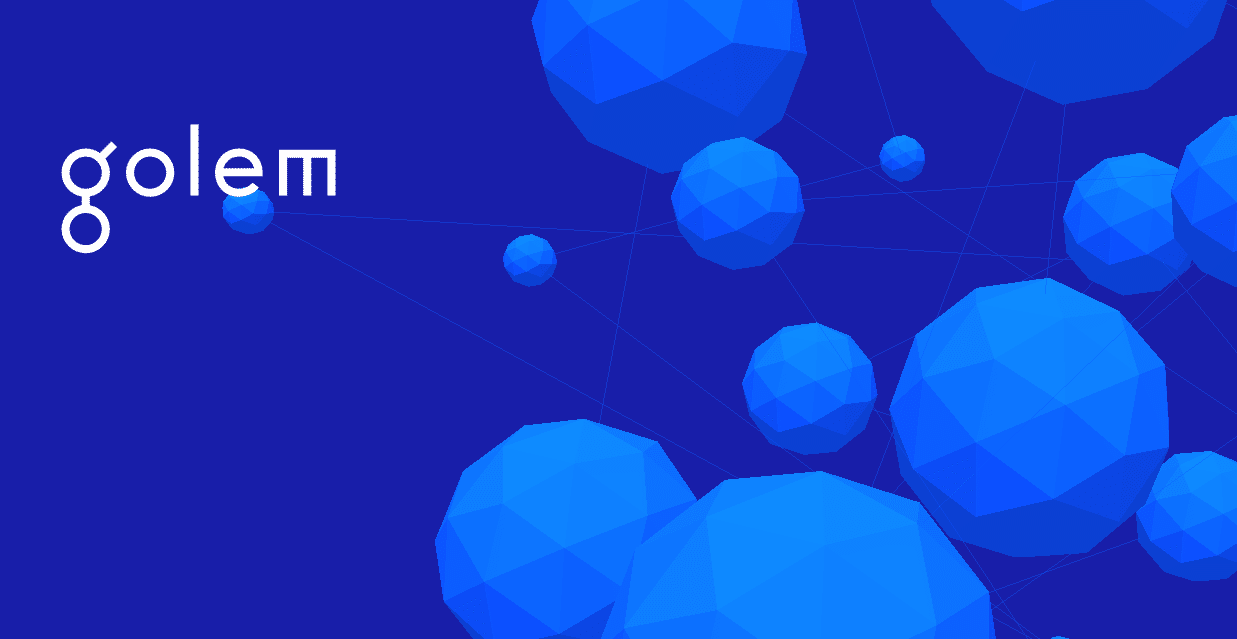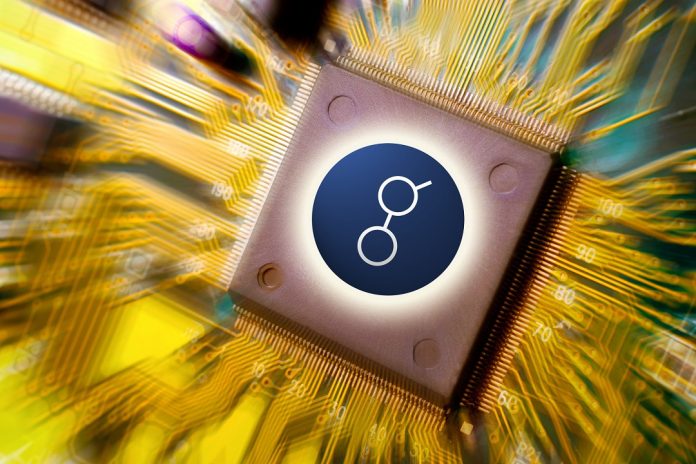Golem is a project born in late 2016 and was one of the precursors of the explosion of Ethereum’s ERC20 tokens. It aims to combine the computing powers of several computers into a single network. It envisages the creation of a global supercomputer to which everyone can contribute by providing space and computing power in return for a reward in GNT tokens.
Golem relies on the Ethereum blockchain. It was launched through an ICO with a crowdfunding operation that concluded with excellent results: 8 million dollars were raised in one hour. To date, the cryptocurrency has a capitalisation of approximately $70,000,000 and is in the top 100 per market capitalisation. One GNT is worth about $0.07, however, before BTC’s collapse of 2017/2018, it was traded for more than $1 each.
For a long time it was among the first 20 cryptocurrencies, but then slipped into the shadows as more interesting and advanced projects emerged.
Golem: what is it and how does it work

Golem uses the PoS (Proof of Stake) consensus algorithm, which means that GNT cannot be mined.
The project is based on the distributed computing concept. It is simply a system in which many computers communicate with each other, even though they are independent. Anyone can use Golem to run different types of software, in different areas including computer graphics, business, machine learning, cryptography, etc. …
So what is shared through this decentralised network on the Ethereum blockchain? Computing power, which is transferred by the users to the network itself. In a nutshell, some of the power provided by the PC is lent in exchange for a reward in Golem’s cryptocurrency.
Golem can be used for a variety of activities, including market predictions, and it also allows for the development and sale of proprietary software on the Golem network. The network is based on the peer-to-peer network and uses an open-source language.
The Golem ecosystem allows to:
- Managing transactions of the Golem token;
- Deciding how much RAM to lend to the network, how many processors and how much disk space;
- Managing the reputation of computing nodes;
- Creating and distributing software on Golem’s application registry.
The project roadmap shows four checkpoints, which will be progressively improved over time.
- Brass
- Clay
- Stone
- Iron
On July 11th, the beta of Brass Golem 0.2 was released, introducing gWASM (golem web assembly) and RASPA2. For now, these new features are only present on the testnet but will soon arrive on the mainnet. The first implementation of the mainnet has been active for over a year.



